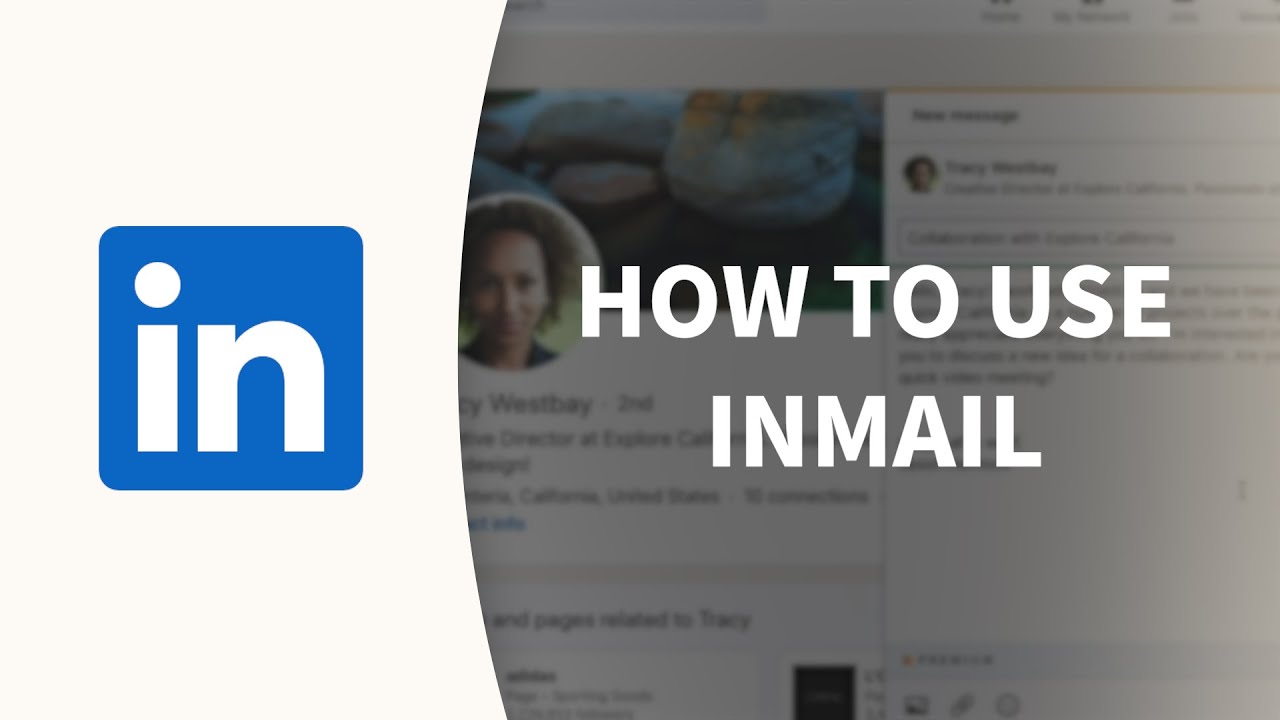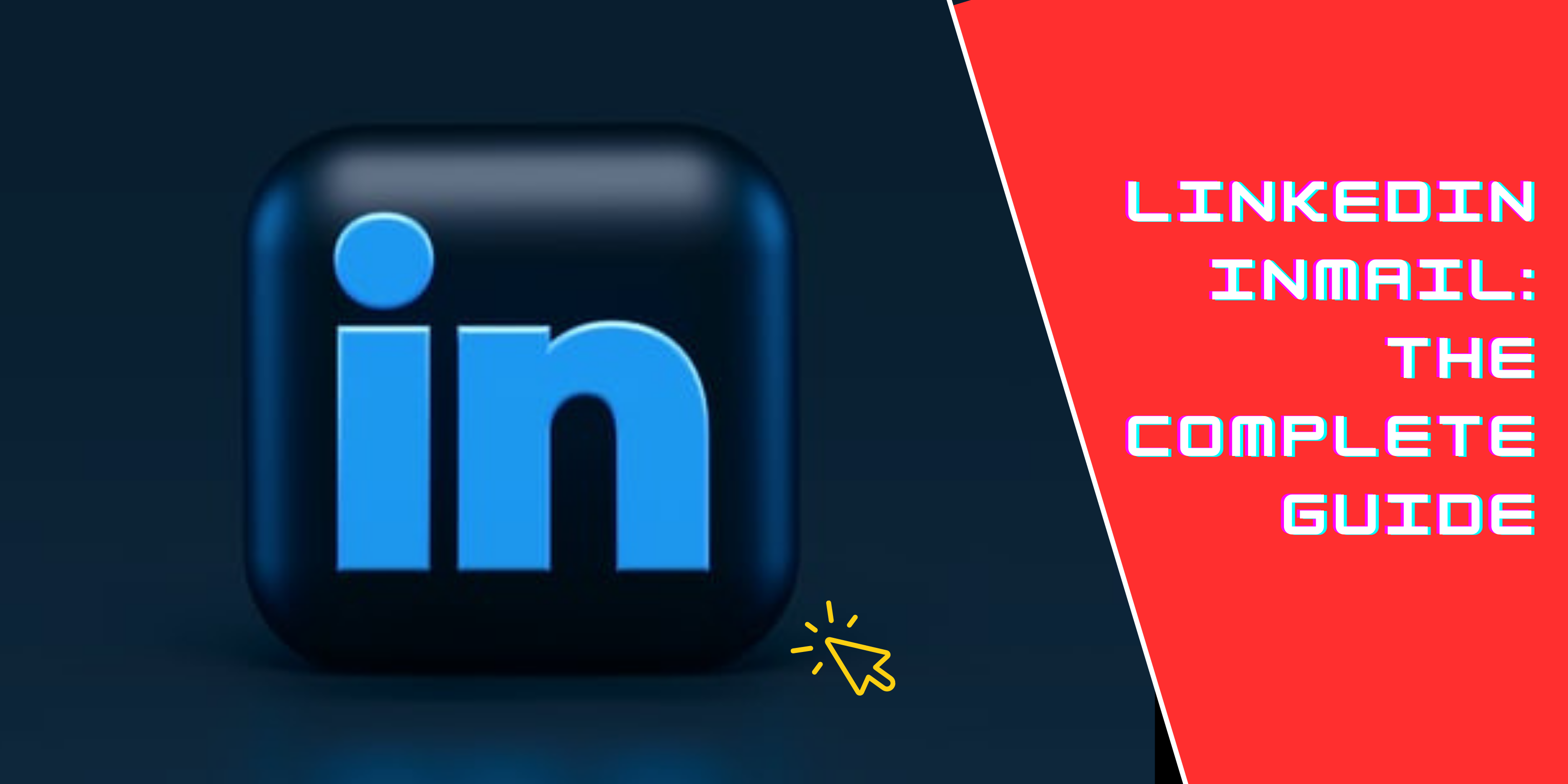LinkedIn InMails are a unique communication tool that allows users to reach out to professionals outside their immediate network. As the world’s largest professional network, LinkedIn has created InMails to facilitate meaningful connections, enable recruitment, and foster business opportunities. This feature is particularly pivotal for job seekers, recruiters, and sales professionals aiming to expand their circle beyond first-degree connections. In this post, we’ll explore how InMails work and the various advantages they provide to users navigating this professional landscape.
How InMails Differ from Regular Messages

So, what sets InMails apart from the regular messaging options available on LinkedIn? The key differences can be best understood through the following points:
- Network Limitations: Regular messages on LinkedIn can only be sent to your direct connections, meaning you have to be a first-degree contact. In contrast, InMails enable you to contact anyone on LinkedIn, regardless of your connection level.
- Usage Requires Premium: To send InMails, you need a LinkedIn Premium account. Regular messaging is available for free to all users. This added layer of exclusivity makes InMails a powerful feature for those ready to invest in their networking.
- Message Limits: With a Premium account, you’ll get a certain number of InMail credits per month, which can be used to send direct messages to other LinkedIn members. Regular messages are unlimited but restricted to your connections.
- Response Rates: InMails usually have higher response rates compared to regular messages, often because they’re perceived as more formal and intentional. A well-crafted InMail can significantly increase the likelihood of engaging a new contact.
In summary, LinkedIn InMails are a powerful tool that can help bridge the gap between users and professionals they wish to connect with, facilitating opportunities that standard messages cannot provide.
The Purpose of Using InMails

InMails on LinkedIn serve several pivotal purposes that can empower both job seekers and employers alike. They’re not just about sending messages; they’re about making meaningful connections that could propel your career or business forward.
Here are some key purposes for using InMails:
- Networking: InMails allow you to connect with individuals outside your immediate network. This can lead to valuable interactions, helping you expand your professional relationships.
- Recruitment: For recruiters, InMails provide a direct line to potential candidates. It’s an effective way to reach talent that isn't actively searching for a job but could be a great fit.
- Sales Outreach: Sales professionals utilize InMails to approach potential clients with personalized messages. This can significantly increase the chances of converting leads into customers.
- Industry Engagement: Engaging with thought leaders in your industry through InMails can provide insights, foster discussions, and enhance your visibility within your field.
- Content Collaboration: If you’re looking to partner with others for projects, InMails can be the perfect avenue to propose ideas and collaborate on content that benefits both parties.
In essence, the purpose of using InMails is to break barriers and enhance communication in a professional landscape where connections are everything. When utilized effectively, InMails can lead to opportunities that might not come your way through traditional networking methods.
How to Send an InMail on LinkedIn
Sending an InMail on LinkedIn is a breeze, and doing it right can make all the difference in your outreach efforts. If you're ready to slide into someone's LinkedIn DMs (in a professional way, of course), here’s a simple step-by-step guide.
- Log in to your LinkedIn account: First things first, make sure you’re logged into your LinkedIn profile.
- Find the profile: Use the search bar at the top to locate the person you want to contact. It helps if you’ve done a little homework about their role or interests beforehand.
- Click on “Message”: Once you’re on their profile, look for the “Message” button. If you’re not already connected, it will give you the option to send an InMail.
- Write your message: Craft your message thoughtfully. Start with a polite greeting, introduce yourself, and explain why you’re reaching out. Keep it concise and to the point. You want to capture their interest!
- Send: After you’ve double-checked your message for any typos or errors, hit that “Send” button!
Don’t forget, InMails have a character limit (currently 2000 characters), so it's important to be clear and direct. A well-crafted InMail can lead to exciting opportunities, so give it your best shot! Happy networking!
Tips for Crafting Effective InMails
LinkedIn InMails are a powerful tool for reaching out to the right people, whether for networking, job opportunities, or sales. However, sending an effective InMail requires a thoughtful approach. Here are some tips to help you craft standout InMails:
- Personalize Your Message: Begin by addressing the recipient by their name, and mention any mutual connections or interests. Personalizing your message shows that you’ve done your homework, making it more likely that they’ll respond.
- Be Concise and Clear: Busy professionals often skim messages. Keep your content brief and to the point, focusing on your main objective. Aim for clarity to avoid any misunderstandings.
- Make It Relevant: Tailor your message to align with the recipient's background or current projects. Highlight how your proposal or request connects to their professional journey.
- Use a Compelling Subject Line: The subject line is your first impression—make it count! Use language that piques curiosity and encourages the recipient to open your InMail.
- Include a Call to Action: Wrap up your InMail with a clear call to action. Whether it’s scheduling a call or setting a meeting, ensure the recipient knows what step you want them to take.
By following these tips, you can enhance your InMail crafting skills, making your outreach efforts more effective and impactful.
Best Practices for InMail Usage
Using InMails effectively can significantly boost your professional networking efforts. To maximize the impact of your InMail messages, consider these best practices:
| Best Practice | Description |
|---|---|
| Limit Your InMails | Don't send too many InMails too quickly. Quality over quantity is essential for maintaining a good reputation. |
| Track Your Responses | Monitor how recipients are responding. Adjust your messaging strategy based on what works best, so you’re continually improving. |
| Follow Up | If you don’t hear back, a gentle follow-up after a week can be beneficial. Just make sure it’s respectful and not overly pushy. |
| Avoid Spammy Language | Keep your language professional and avoid phrases that might sound overly promotional or spam-like. You want to engage, not turn off potential connections. |
| Respect Their Time | Understand that recipients might be busy. Craft InMails that respect their time by getting to the point quickly and clearly. |
By adhering to these best practices, you can ensure that your InMails stand out in a positive way and lead to valuable connections and opportunities.
7. Measuring the Success of Your InMails
Measuring the success of your InMails is crucial if you want to refine your approach and improve your results. After all, what's the point of sending messages if you can't assess their effectiveness? Fortunately, LinkedIn provides several metrics and insights to help you evaluate your InMail campaigns effectively.
First off, you can track your *response rate. This is arguably the most significant metric, as it indicates how well your message resonates with the recipient. To calculate your response rate, simply divide the number of replies you receive by the number of InMails you've sent. For instance:
- Total InMails Sent: 100
- Total Replies Received: 20
- Response Rate = (20/100) 100 = 20%
Another important metric is the *open rate, although this can be harder to track directly since LinkedIn doesn't provide that information. However, you can get a sense based on how quickly replies come in after sending the InMail.
Moreover, pay attention to conversion rates*. Are your InMail recipients not just replying, but also taking the desired action—be it scheduling a meeting, downloading a resource, or even making a purchase? Keep track of these actions to gauge overall effectiveness.
Lastly, gather qualitative feedback. Consider reaching out to those who responded to ask for their thoughts on what piqued their interest. This anecdotal data can provide invaluable insights for improving future InMails, making your messages even more effective.
8. Conclusion
In conclusion, LinkedIn InMails present a powerful opportunity for professionals to connect, engage, and foster productive relationships, whether for networking, recruiting, or sales. Understanding their functionality enables you to make the most of this unique feature.
Remember, crafting a compelling InMail requires a combination of personalized messaging, clear intent, and strategic follow-ups. The personal touch can make all the difference in how your message is received. By continuously measuring the success of your InMails through response rates and qualitative feedback, you can refine your approach to better meet your audience's interests and needs.
In a world saturated with information, standing out is key. By utilizing LinkedIn InMails effectively, you can cut through the noise and open doors to valuable connections and opportunities. So, get out there, craft those InMails, and watch your network grow!










